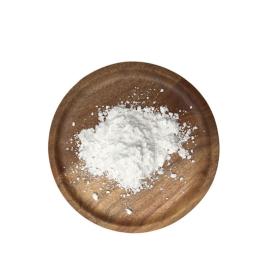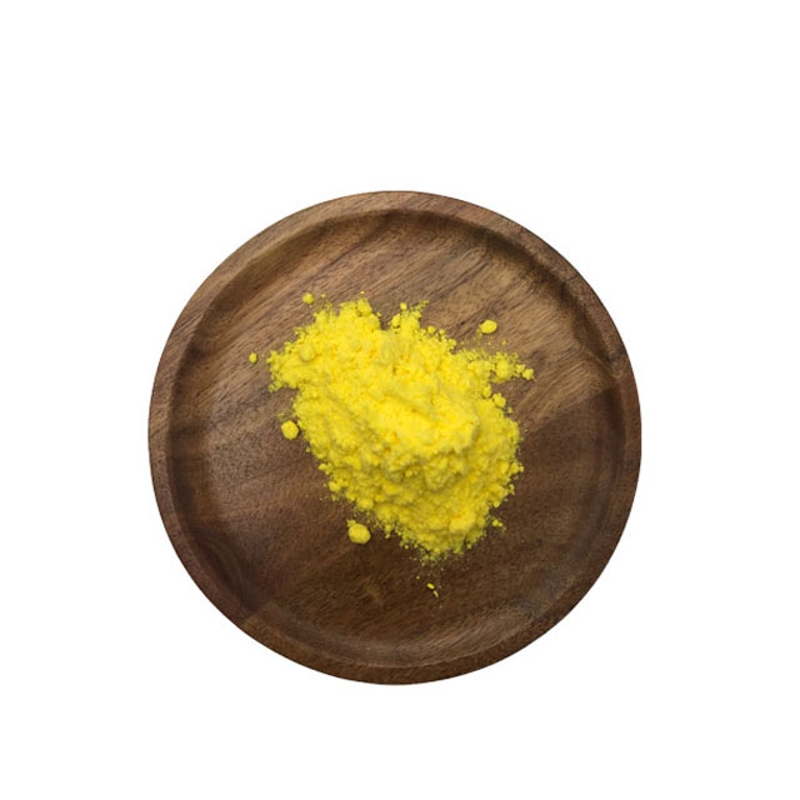-
Categories
-
Pharmaceutical Intermediates
-
Active Pharmaceutical Ingredients
-
Food Additives
- Industrial Coatings
- Agrochemicals
- Dyes and Pigments
- Surfactant
- Flavors and Fragrances
- Chemical Reagents
- Catalyst and Auxiliary
- Natural Products
- Inorganic Chemistry
-
Organic Chemistry
-
Biochemical Engineering
- Analytical Chemistry
- Cosmetic Ingredient
-
Pharmaceutical Intermediates
Promotion
ECHEMI Mall
Wholesale
Weekly Price
Exhibition
News
-
Trade Service
One. Studies have linked obesity to an increased risk of renal transparent cell carcinoma (ccRCC), but obesity is also inconsistently associated with a prognostic improvement in the tumor, and its potential mechanism is unclear.
present authors study and analyze the differences between angiogenescity and immunothrete groups in primary tumors and tumor-week adipose tissue in obese patients and normal-weight patients.
this paper describes the differences in the micro-environment caused by gene expression to help explain the survival advantages (obesity paradox) of obese patients.
Tuesday. Analysis process three. The article explains that 375 (83%) of the 453 patients in the COMPARZ queue, TCGA-KIRC queue, MSK immunotherapy queue data collection, correction in COMPAZ queue had available microarray data, pre-treatment BMI measurements, and no progression and overall survival data for analysis (Table 1).
119 (26%) overweight patients, the final queue from the COMPAARZ trial included 256 (68%) patients (n-256).
of the 332 patients in the statistical and clinical characteristics TCGA-KIRC queue in table 1.COMPARZ clinical trials, clinical and demographic data for 152 (46%) patients with late-stage (i.e. CCAJ III and IV) ccRCC treated with nephroectomy were evaluated (Table 2).
after excluding 59 (39%) overweight patients, the final queue included 93 patients (n-93). Table
2. Demographic and clinical characteristics of the TCGA-KIRC cohort for advanced transparent cell renal cell cancer obtained samples of primary tumors and fat around tumors from non-metastatic transparent cell RCC patients who performed kidney excision in the adipose tissue cohort around 62 MSK tumors.
in this queue, samples were taken from fat around PNN (near kidney week) tumors in 59 patients, fat around PNA (away from kidney week) tumors in 25 patients, and tumor tissue in 55 patients.
excluding overweight patients, the final queue included 41 (69%) PNN samples, 17 (68%) PNA samples and 37 (67%) tumor samples.
after excluding 74 (36%) overweight patients from the initial MSK immunotherapy study population of 203 participants, the final queue for total survival analysis included 129 (64%) participants (Table 3) (n-129).
Table 3. Demographics and clinical characteristics of clinical trial queues using MSK immunotherapy 2. Obese patients with renal transparent cell carcinoma had longer total survival than patients with normal-weight renal transparent cell carcinoma.
In the TCGA-KIRC queue, the overall survival of obese patients was longer than that of the normal weight group after stage correction, and in the COMPARZ queue, the overall survival of obese patients was longer than that of the normal weight group after IMDC risk score correction.
the MSK immunotherapy queue, there was no significant difference between BMI and mortality after being corrected by the IMDC risk score (Figure 1).
1. After better PFS analysis of CPMPARZ queue KM in obese patients in the TCGA-KIRC queue (A), COMPARZ queue (B) and MSK immunotherapy queue (C), the KM curve showed that obese patients in the COMPARZ queue had better PFS than normal weight patients.
Figure S1.COMPARZ showed that obese patients had better PFS4 than normal-weight patients with first-line medication, and obese patients still had better OSKM curves showed that obese patients still had better OS than normal-weight patients in two treatment groups using first-line tyrosine kinase inhibitors (pazopanib or Suntinib).
Figure S2.COMPARZ cohort using the total survival analysis of the first-line drug treatment group 5.COMPARZ cohort, obesity and normal weight patient transcription group genetic characteristics significantly different from the above analysis, the authors confirmed the existence of obesity paradox in three queues, and then in the COMPAZ queue for obese and normal weight patients were assessed tumor transcriptional differences.
first did a GSEA analysis of Hallmark's gene set to compare the differences between obese patients and normal-weight patients: hypoxia, TGF-beta, epital-intercharged transformation, and angiogenestic signaling pathways were shown to significantly increase in obese patients, suggesting activation of wound healing pathways (Figure A).
B is an Enrichment plots of several gene expression paths screened for Figure A.
Figure S4.COMPARZ there was a significant difference in the genetic characteristics of the cCRCC tumor transcription group between obese patients and normal-weight patients in the S4.COMPARZ queue 6.COMPARZ and TCGA-KIRC queues had higher angiogenescity scores than those of normal-weight patients In the GESA-derived characteristic gene set angiogenesa score comparison, obese patients were higher than normal-weight patients (Figure 2).
Figure 2.COMPARZ (A) and TCGA-KIRC (B) were evaluated using flow cytostomy for primary immune cells in primary tumors of normal weight (7 cases) and obese (16 cases) patients with normal weight with no significant difference in the immune cell population of angiogenic z-score7.
A shows the overall difference in immune cell populations between obese and normal patients.
B clearly shows the level of immersion of T-cell groups in obese and normal-weight patients.
found no significant difference between normal weight and immune cell population of tumors in obese patients, and the degree of immune cell immersion was independent of BMI.
Figure S9. Using streaming cytosciology to analyze the immune cell population of tumors in normal weight and obese patients 8. Compared with normal weight patients, the inflammation of tumor-week adipose tissue increased in obese patients, especially in the prospective cohort of tumor-week fats in MSK's non-transferable cCRCC patients, the authors combined 20 of the most significant rich IPA normative path paths, which were derived from the comparison of PNN and PNA samples from obese and normal-weight patients (Figure A).
immune immersion (ssGSEA score) between PNN and PNA samples from obese and normal-weight patients (Figure B).
Figure S5. Compared to normal-weight patients, the renal fat of obese patients showed an increase in inflammation and hypoxia, and in the COMPAARZ trial queue, after adjustment of IMDC risk score, it was found that tyrosine kinase inhibitor therapy improved survival rates in obese patients, especially those treated with sunitinib, compared to normal-weight patients.
ImDC risk scoring models contain groups that indirectly reflect the systemic inflammatory effects of host factors on cancer (e.g. anemia, increased neutral granulocytes, and plate platelactic growth), which may also be the cause of the correlation mechanism between immunotherapy outcomes and BMI.
found that obese patients had higher tumor angiogenesus scores than normal-weight patients, consistent with previous studies that have shown the accumulation of genes involved in angiogenescity, beta-oxidation pathways, and so on.
therefore, differences in angiogenescular can partly explain the better prognostication of obese patients after treatment with tyrosine kinase inhibitors.
study provides biological support for the obesity paradox.
observed differences in tumor micro-environments in obese patients relative to normal-weight patients in patients with ccRCC: increased angiogenescity of tumors, especially in obese patients, but no significant difference in overall inflammation.
noteworthy is that fat around tumors in obese patients shows increased inflammation and hypoxia.
the complex interaction between transparent cell carcinoma and tumor-week adipose tissue micro-environment may be clinically significant and deserve further study.
.







